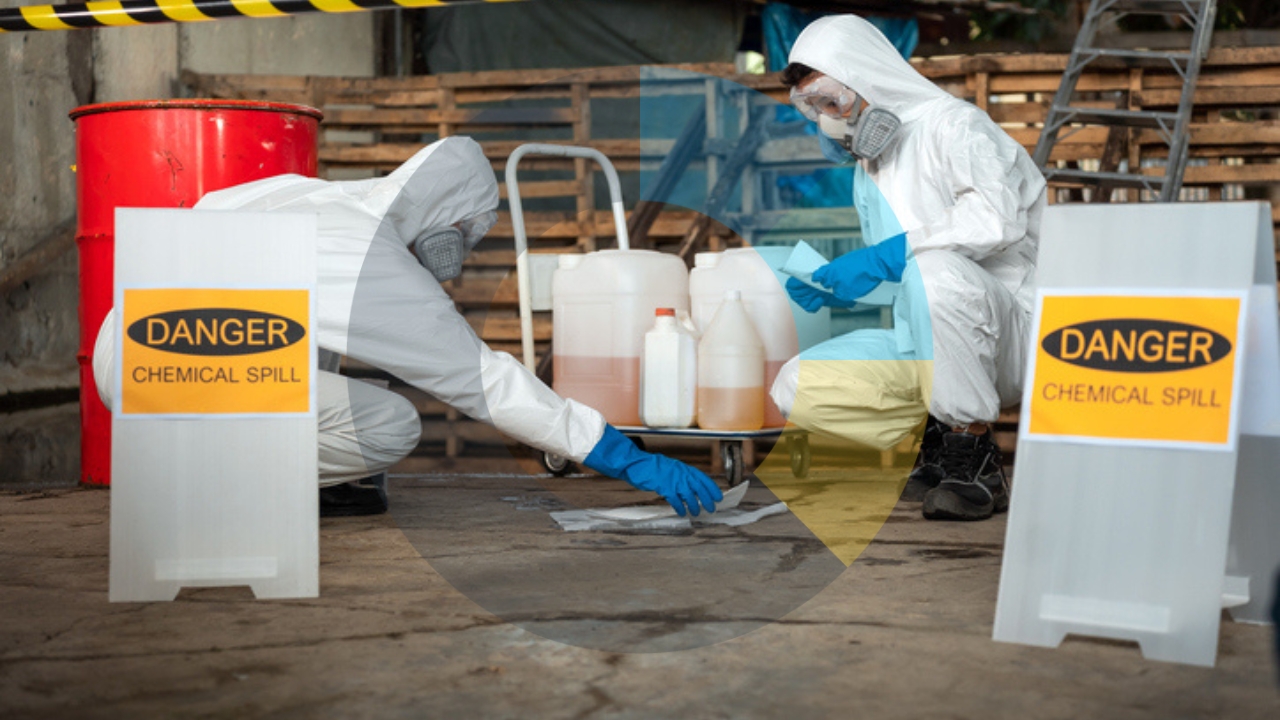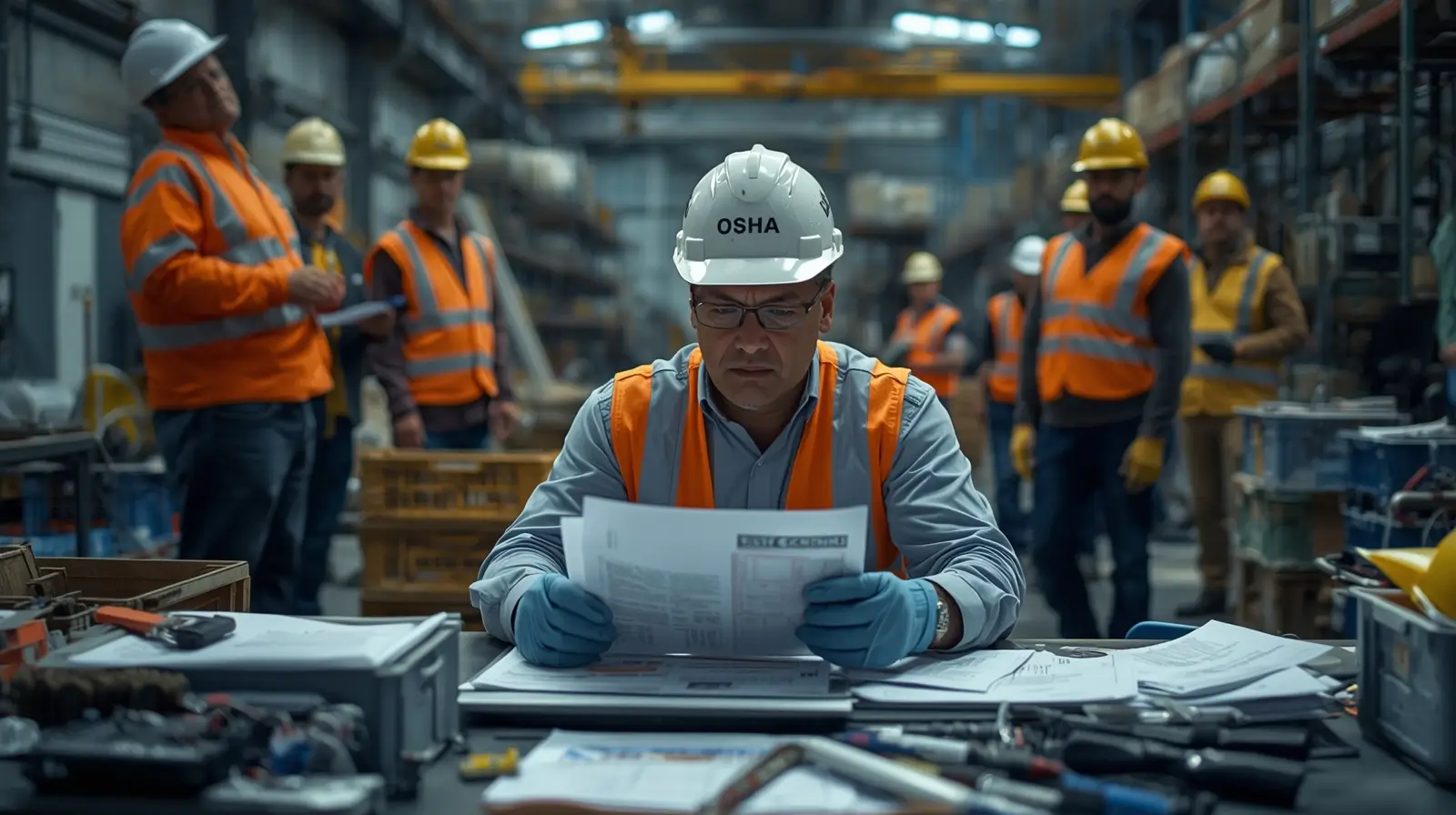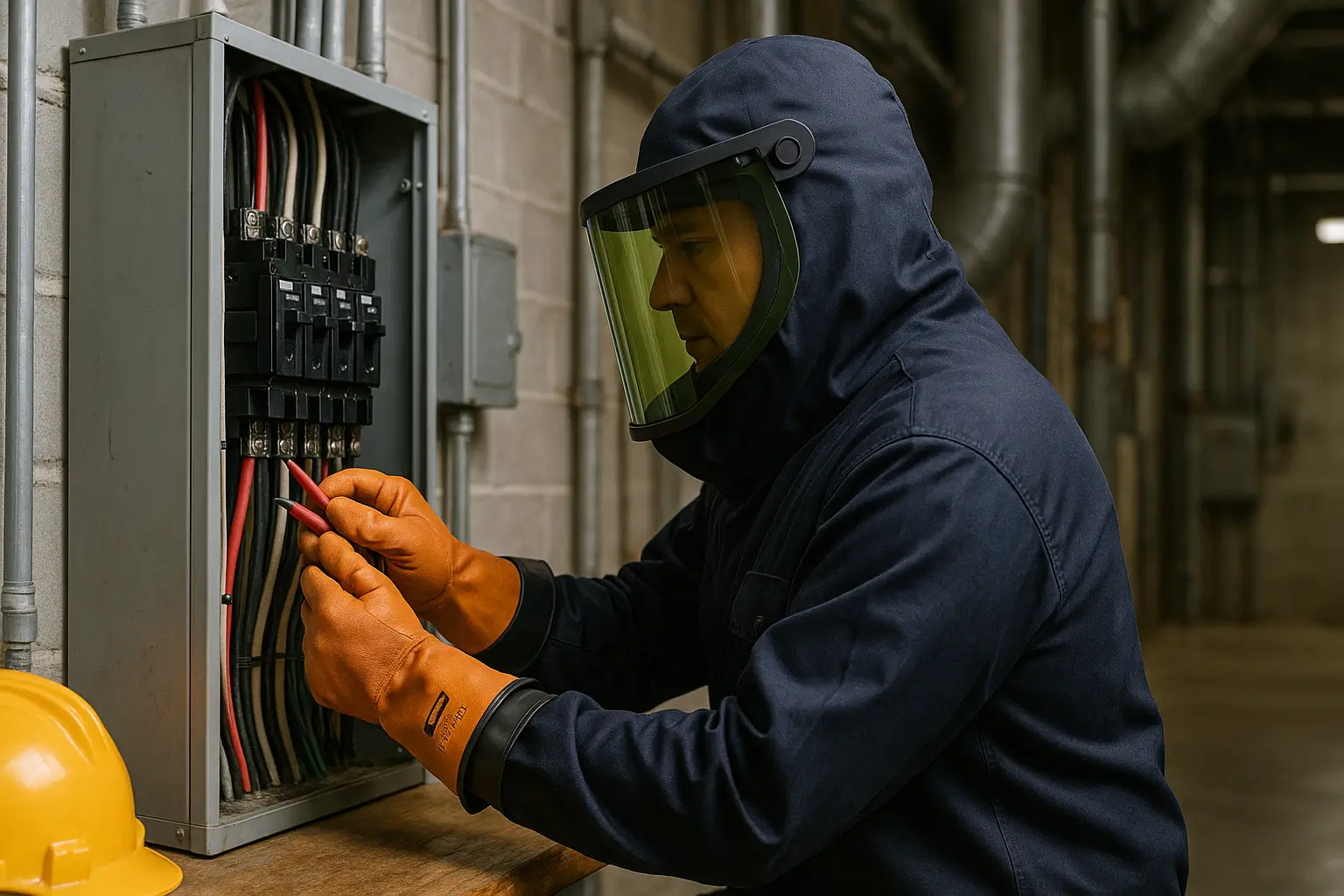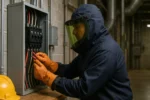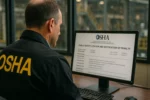Severe chemical leaks in the workplace are dangerous and may lead to various consequences affecting the health and safety of people and the environment. The number of deaths in the U.S. from a single event of inhaling chemicals in the workplace in 2017 was 41, which was comparatively higher than in earlier years
Fatal chemical inhalations in the workplace up in 2017
Number of fatal work injuries from exposure to chemicals and chemical products in a single inhalation episode, 2011–17
No Data Found
Number of fatal work injuries in a single inhalation episode by chemical or chemical product, 2011–17
No Data Found
It is imperative to know how to how to clean up chemical spills in the workplace swiftly and appropriately. This guide will teach you how to handle and clean up chemical spills, from basic to large.
Understanding Chemical Spills
Since 1993, the U. S has registered more than 30,000 cases of chemical and oil spillage every year. At least 30 chemical spills that could pose a threat to the public’s health were recorded within the first two months of 2023.
Chemical leaks range from small to large. Some small spills can be controlled easily using relatively simple equipment and a few steps, while others may need special equipment and trained staff. In any chemical spill incident, the general principle is to be prepared and knowledgeable of the proper actions to take.
Step-by-Step Guide to Cleaning Up Small Chemical Spills
Chemical spills may result from various activities such as accidental, natural calamities and even acts of terrorism. Recent examples include the Ohio train derailment in February 2023, which caused a major health issue because of toxic chemicals. Hence, it is essential to handle and clean these spills with adequate knowledge.
Cleaning up small chemical spills involves a few clear steps to ensure safety and efficiency:
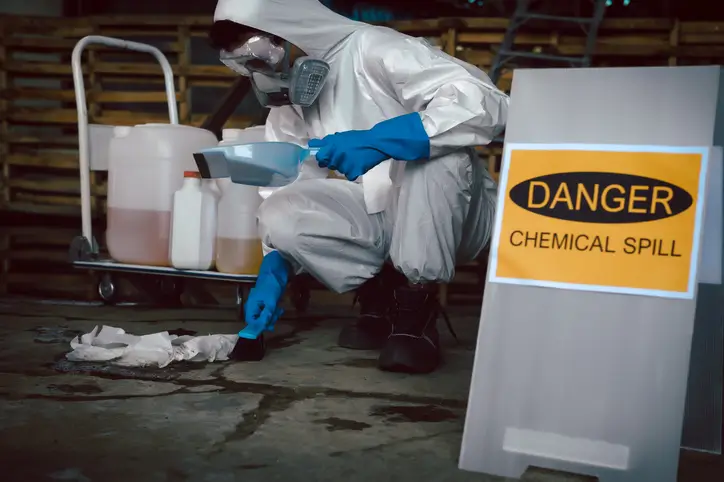
Assess the Situation
To do this, rapidly assess the situation before taking any action on the spill. Find out the chemical and establish the extent of the spill and the risks involved. You should also consult the Safety Data Sheet (SDS) for more information on how to safely handle the substance.
Alert and Evacuate
Make sure that all the people in the surrounding area are informed of the spillage. If needed, one should leave the area to avoid contact with the substance or chemicals. Precaution is always better than control since health and safety are precious assets.
Wear Protective Equipment
Put on appropriate personal protective equipment (PPE) before you try to clean it up. This may include gloves, glasses, goggles, and a coat or apron, especially when handling some chemicals.
Contain the Spill
Contain the spill with an absorbent material such as spill pads or granules. Begin cleaning from the peripheral parts and then move towards the middle in order to avoid the spread of the spill.
Clean Up the Spill
Thoroughly clean the contained spill as you would do with any other spill. In case the chemical is reactive, use the correct neutralising agent and dispose of all the affected materials in the correct manner as per the local laws.
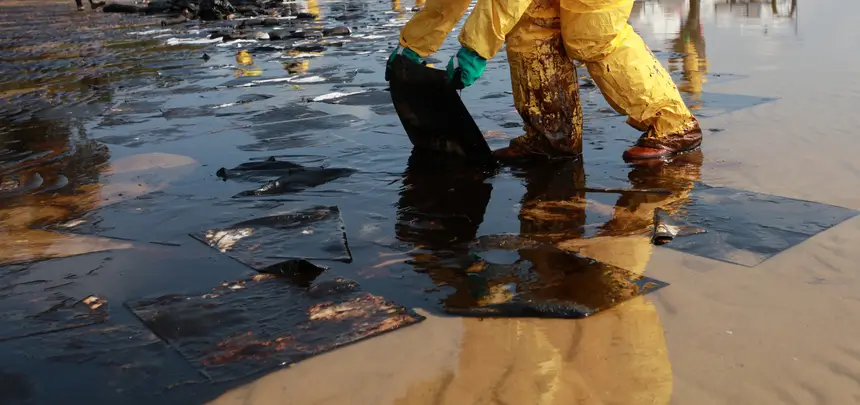
Ventilate the Area
If the chemical is flammable or gives off toxic fumes, it is advisable to work in a well-ventilated area. Open all the windows and use fans to circulate air to ensure that the remaining fumes have been expelled out of the house.
Report the Incident
Regardless of the amount of spillage, the supervisor or safety officer must be informed of the occurrence. This will assist in tracking the incidents and help avoid other spills in the future.
Managing Chemical Spills in the Workplace
Chemical spills in the workplace require a well-coordinated response plan to minimize risks. Here’s how to handle more significant spills:
Contact the spill response plan
Any workplace that is exposed to hazardous chemicals should have a spill response plan to follow. This plan defines the actions that should be taken and the responsibilities of various people in the team in the event of a spill.
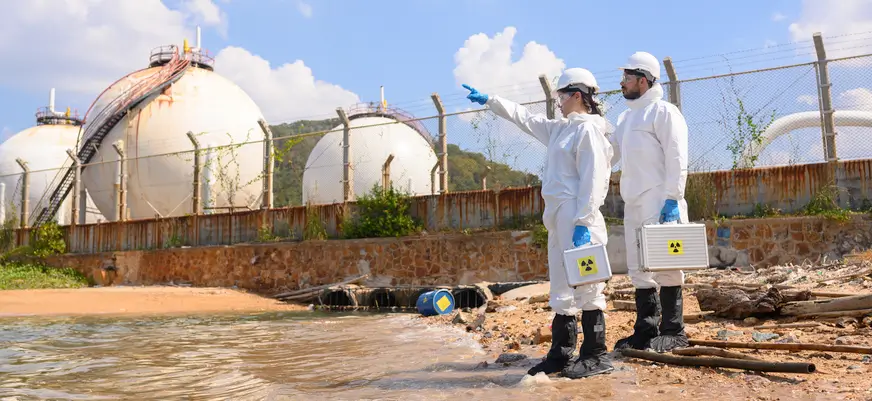
Isolate the Area
Cordon off the area around the spill so that only authorized personnel can access it. If the hazard is safe to approach but people are still likely to go near it, barriers or caution tape can be used to prevent people from getting close to it.
Assess the Hazards
Discuss the possible risks that can be attributed to the chemical spill. Some of the factors that one should look for include toxicity to humans, flammability, and the effect on the environment.
Form the Spill Response Team
Assemble the trained spill response team and ensure that they have access to relevant equipment, such as protective gear, absorbent materials, and neutralizers.
Contain & Control
The team should try to minimize the spill’s spread by using the right materials. In case of a large volume of spillage, equipment such as spill berms or dikes may be required.
Decontamination
After the spill has been wiped off, wash the affected area. This could include wiping the chemical’s contact surfaces and equipment.
Cleanup Operations
Perform the cleanup functions in an orderly manner. Use the right equipment and adhere to the instructions given in the chemical’s SDS. Dispose of all waste appropriately and follow environmental legislation’s guidelines.
Post-Incident Review
Once you have cleaned up the spill, you should assess what has occurred and what steps can be taken to avoid such an event in the future. The plan should also contain an assessment of the response and any modifications to the spill response plan.
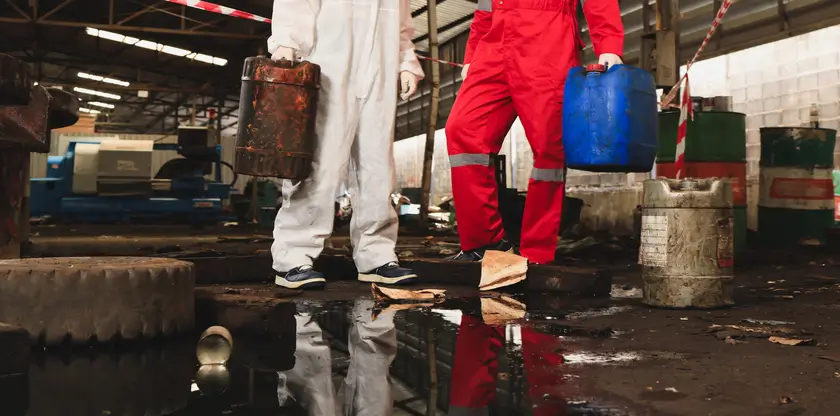
Prevention and Preparation
It is as vital to know how to prevent chemical spills in the workplace as it is to be informed on how to tackle the problem. Here are some tips for prevention and preparation: Here are some tips for prevention and preparation:
Proper Storage
Store chemicals properly. Use compatible containers and label them clearly. Ensure that storage areas are well-ventilated and equipped with spill containment measures.
Spill Kits
Keep spill kits readily available in areas where chemicals are used. These kits should include absorbent materials, neutralizers, and PPE according to the OSHA spill kit requirements.
Regular Training
It is also important to organize emergency chemical cleaning training sessions for all the employees that are involved in the handling of chemicals at least once a year. It is crucial to guarantee that they are aware of the proper use of PPE, the general response to spills, and the SDS regarding the chemicals utilized.
Routine Inspections
Perform routine inspections of storage areas and equipment. Check for leaks, corrosion, or any signs of potential spills.
Emergency Contacts
Post emergency contact numbers prominently. Ensure that employees know who to call in case of a chemical spill.
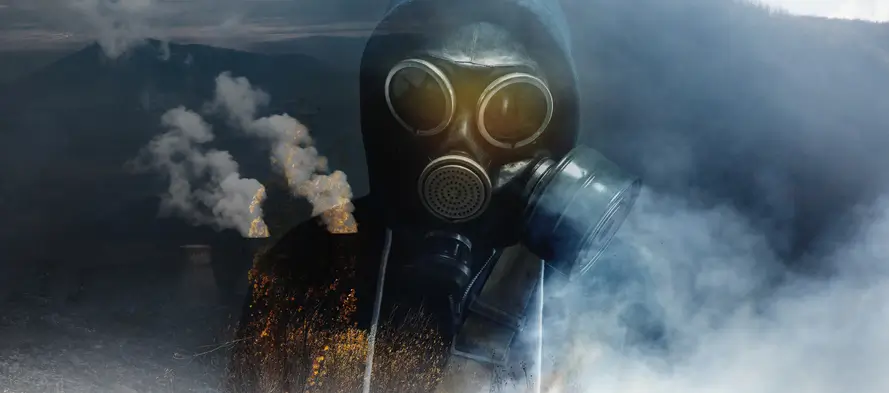
Conclusion
Managing chemical spills in the workplace is critical to maintaining a safe working environment. By understanding the steps involved in chemical spill response, you can minimize risks and ensure the safety of everyone involved. Preparation, training, and proper procedures are key to effectively managing these incidents. Stay vigilant, follow your spill response plan, and always prioritize safety.

